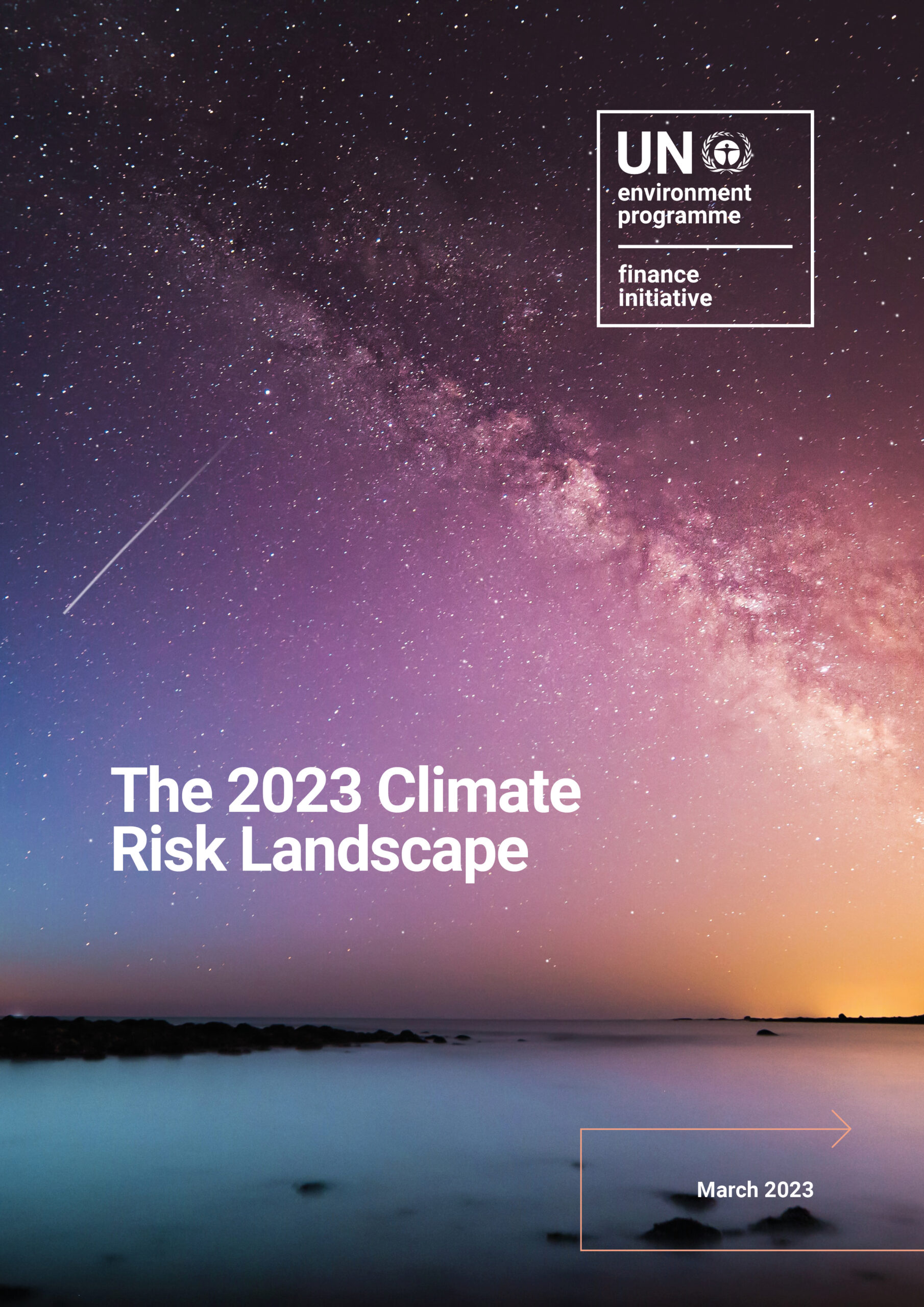Sustainable finance taxonomies are key to shifting financial flows towards ‘nature-positive’ investments aligned with the transition.[1]
As transition planning and financing accelerates globally, the wider financial community should consider an important interlinkage: climate stability is interdependent on the health of our natural world. Overlooking this climate-nature nexus may expose institutions and societies to financial risks and missed economic opportunities.
In a time of shifting sustainability sentiments, public and private decision-makers can leverage sustainable finance taxonomies that consider both climate and nature risks. These frameworks can play a pivotal role, providing clarity, transparency and a common language that help de-risk investments and facilitate cross-border financing. Incorporating nature-related risks can enhance taxonomies’ robustness and guide actions towards realizing a nature-positive future for our economies.
Beyond net-zero
Nature’s services underpin over half of the world’s gross domestic product—an estimated 58 trillion USD. However, each year, nearly 7 trillion USD in financial flows are directed towards environmentally detrimental activities, which often simultaneously worsen climate change. These ‘nature-negative’ flows dwarf the 200 billion USD directed towards ‘nature-positive’ activities that mitigate climate change, build resilience and promote sustainable resource management—often also described as nature-based solutions.
The Paris Agreement and Kunming-Montreal Global Biodiversity Framework already underscore the importance of mobilizing finance for solutions that achieve decarbonization and nature-related goals without introducing negative externalities. However, the financial architecture needed to operationalize these ambitions remains nascent.
The financial sector has the vital role of turning the tide towards accelerating the transition and achieving nature-positive economic growth. This enormous undertaking also demands a concerted, global approach—underpinned by long-term policy commitments, effective incentives that support ambitious national climate and biodiversity targets as well as long-term financial returns.
The power of taxonomies
The core challenge for investors, financial institutions and policy-makers is clear: how can capital be efficiently directed towards genuine net-zero and nature-positive outcomes? The task is difficult without a standardized method for determining whether an activity is ‘green’ or not. This is precisely where sustainable finance taxonomies emerge as powerful tools. More than just classification systems, taxonomies can serve as a menu for investors. Taxonomies provide clarity by defining which economic activities contribute to pre-defined environmental objectives; transparency, which helps build trust and reduce greenwashing risks for investors; and establishment of a common language, which helps facilitate cross-border finance, interoperability and benchmarking.
As highlighted in recent research by UNEP FI and WWF, countries worldwide are developing sustainable finance taxonomies. While most taxonomies have yet to include specific nature-related objectives, incorporation of these elements is gaining momentum. Take, for example, Colombia’s pioneering green taxonomy launched in 2022—the first in Latin America and the Caribbean. Designed to be interoperable with the previously developed European Union taxonomy, Colombia’s green taxonomy comprehensively covers climate change mitigation and adaptation, water and soil management, pollution prevention, and crucial ecosystem and biodiversity preservation. Such a robust framework acts as an essential ‘linchpin’, supporting national nature and climate ambitions while inviting and helping de-risk global investment.
From policy to practice
No matter the stage of sustainable finance policy development, jurisdictions can maximise economic, environmental and social benefits by designing and implementing taxonomies that include nature-related considerations.
Taxonomies can be foundational for a broader sustainable finance policy framework. Some early adopters whose initial taxonomies contain broad sustainability goals are now embarking on additional phases, incorporating specific considerations including nature.
UNEP FI has seen an upsurge in global interest in taxonomies and is supporting national governments with taxonomy development, implementation and related guidance.
These include a forthcoming sustainable finance taxonomy for Brazil, covering climate change and nature-related objectives including protection and restoration of biodiversity and ecosystems, among others. Another forthcoming project is a biodiversity-specific follow-up to UNEP FI’s common framework for sustainable finance taxonomies in LAC. The current framework has already been guiding national efforts in Brazil, Costa Rica, Panama and Chile.
Also under development is a landscape analysis of existing Asean member countries’ taxonomies, including those that incorporate nature-related elements, and has been initiating projects with several governments. UNEP FI is also working with UNEP World Conservation Monitoring Centre and UNEP Economic and Trade Policy Unit to develop global guidance for regulators and central banks on net-zero, nature-positive taxonomies and integrating nature into climate taxonomies to support global interoperability.
For the global finance community, transitioning to a nature-positive future requires a toolkit of policy measures for prudential regulation and the broader enabling environment. Taxonomies are a valuable component. By converging around definitions of activities that contribute to climate change mitigation while avoiding negative biodiversity impacts, we can unlock the cross-border capital flows required to help economies, nature and societies thrive.
[1] “Making the transition nature-positive”, OMFIF Sustainable Policy Institute Journal, July 2025


